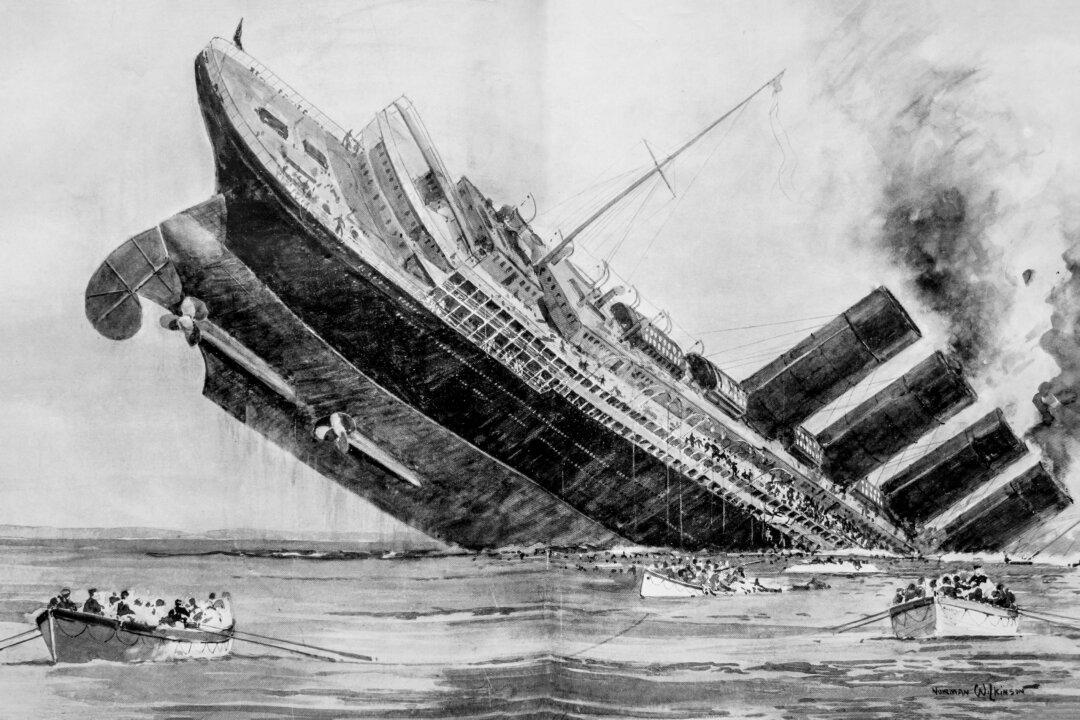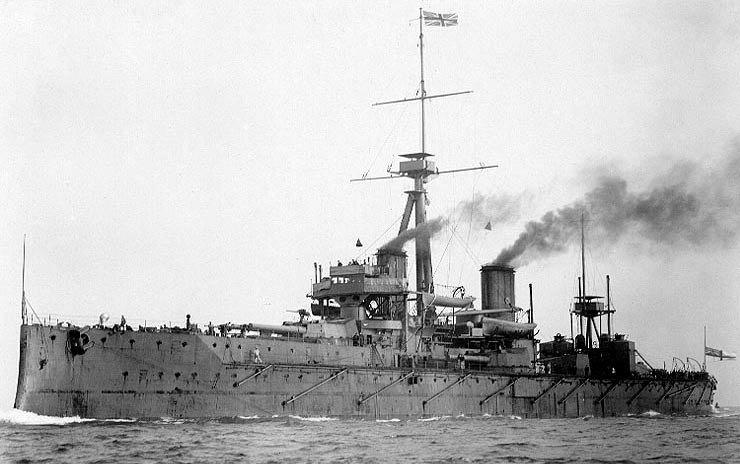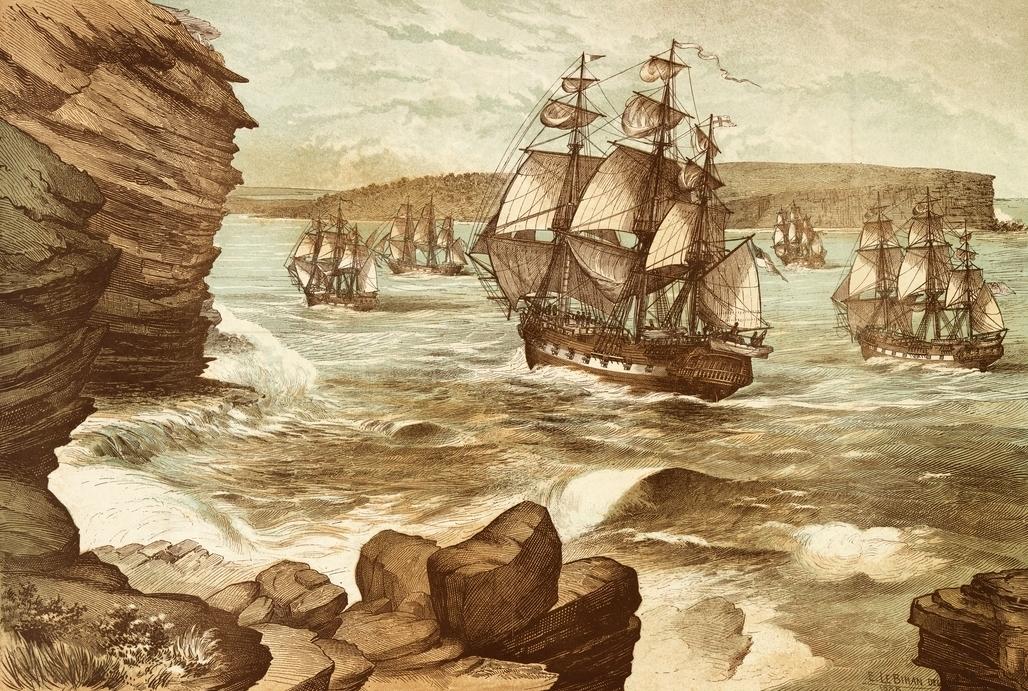It is always difficult to be the heir of a successful king, particularly when you lack the virtues that your eminent father had possessed. Edward II was not the successful military leader that his father Edward I (aka “Longshanks” and “Hammer of the Scots”) had been. In fact, at Bannockburn in 1314, he handed the Scots a victory so complete that tartan-clad football fans are still celebrating it 700 years later.
Unlike Edward I, his son was not a shrewd political leader. Edward II alienated his nobility by lavishing lands and jewels on a few favourites. So furious were his barons at Edward’s misgovernment that they warned him in 1308 that there was, in their minds, a distinction between any individual king and the English crown—and that their loyalty was to the latter. This loyalty might actually compel them to take violent action against a king whose deeds caused the crown to be diminished in any way.
Their statement read: “Homage and the oath of allegiance are more in respect of the Crown than in the king’s person and are more closely related to the Crown than to the king’s person; and this is evident because, before the right to the Crown has descended to the person, no allegiance is due to him. ... Hence, in order that their oath be saved, when the king will not right a wrong and remove that which is hurtful to the people at large and prejudicial to the Crown, and it is so adjudged by the people, it behoves that the evil must be removed by constraint, for the king is bound by his oath to govern the people, and his lieges are bound to govern with him and in support of him.”
In the long run, Edward proved intractable and his arrogance prompted a rebellion led against him by his wife, Isabella (the daughter of King Philip IV of France, nicknamed the She-Wolf of France), and her lover, Roger Mortimer. When their forces had defeated him in late 1326, they cast about for ways to legitimate their plans to depose the king and replace him with his teenage son, the future Edward III. This was a challenge, because there had been no previous instance of an English monarch being forced off his throne by his own people.

A deputation representing churchmen, barons, and townsfolk was sent to secure Edward II’s abdication and, when this had been obtained, to formally renounce their homage. Popular approval for the deposition was also obtained. In London, Archbishop Reynolds preached the justifiability of deposing a wicked king, using the text “the voice of the people is the voice of God.” His sermon was greeted by shouts of “Let it be done, let it be done!” Shortly thereafter, young Edward was crowned king.
Though he had stepped down, Edward II was still a potential threat to the new regime. He was hustled from prison to prison, lest his supporters rescue him. Finally, it was announced that on Sept. 21, 1327, the former king had died at Berkeley Castle. Most Englishmen were convinced that he had been murdered. Rumours later spread that he had escaped to Italy, where he spent the remainder of his life as a humble monk, but he was most likely murdered at the behest of the new monarchy.
The coup against Edward II was of major importance in the history of English constitutional development. The arguments used against him and the list of abuses he was alleged to have committed were recalled in later years when the legitimacy of other kings was called into question. Richard II, Henry VI, and Charles I were all to be deposed and executed.
Edward’s deposition and murder were part of a long chain of events leading to today’s constitutional British and Commonwealth monarchy.







